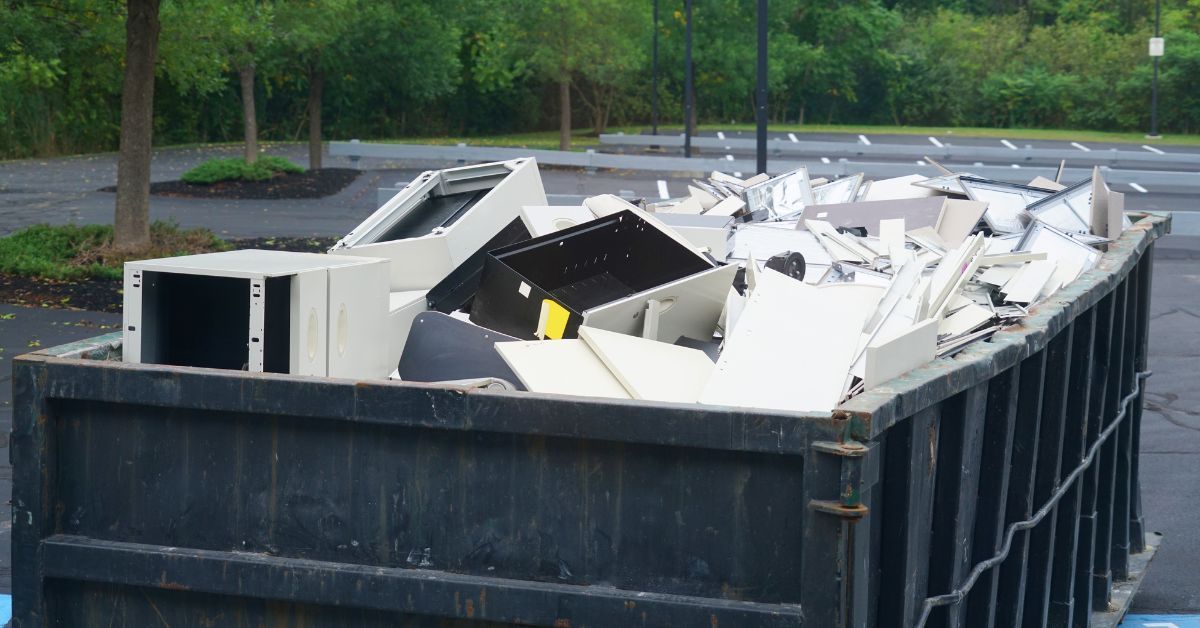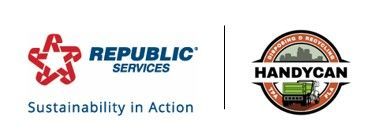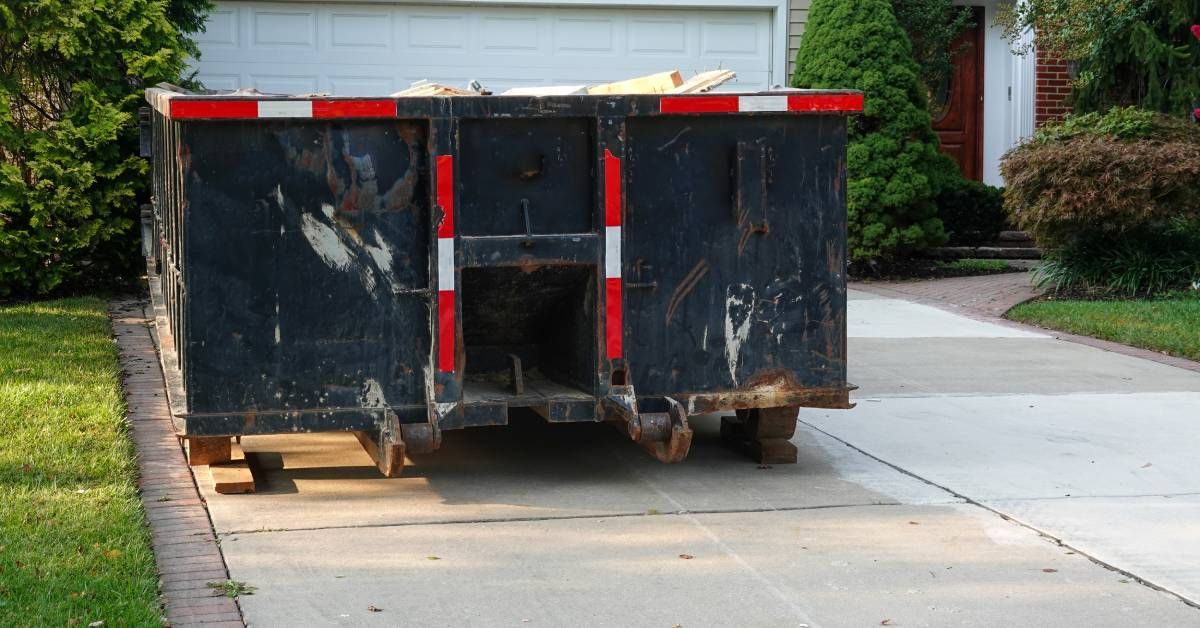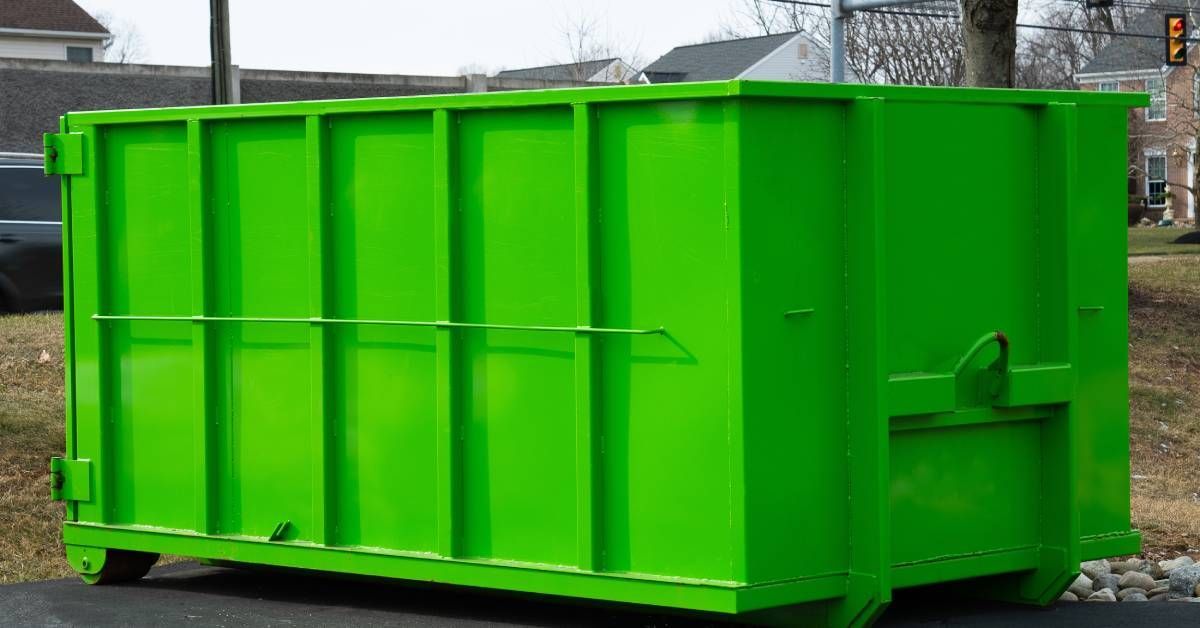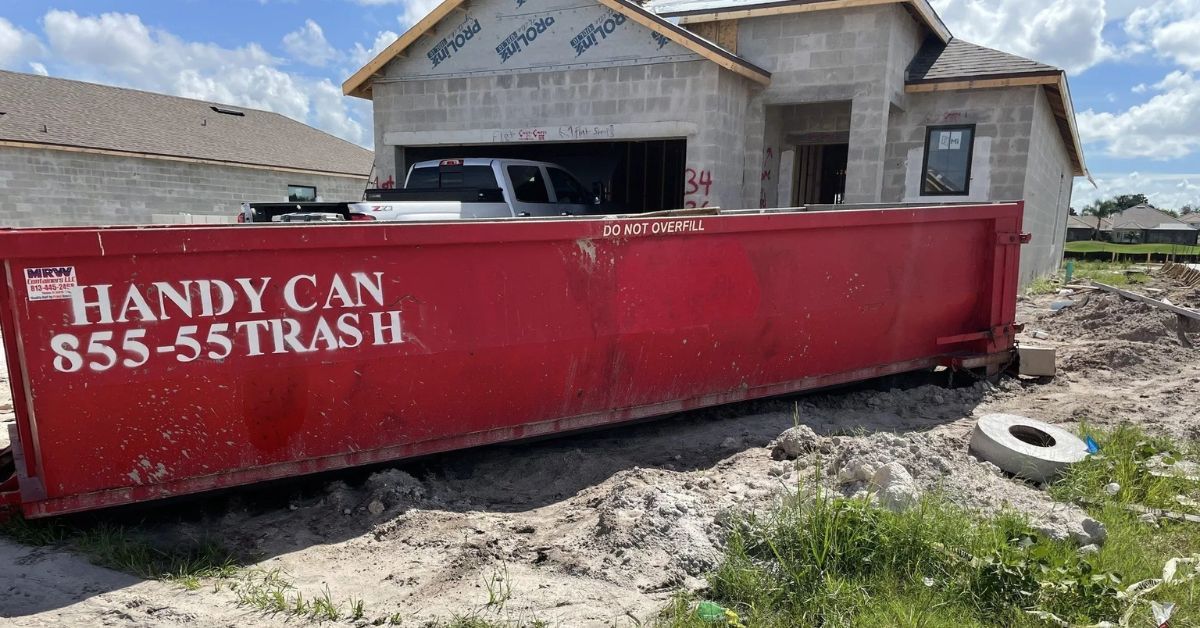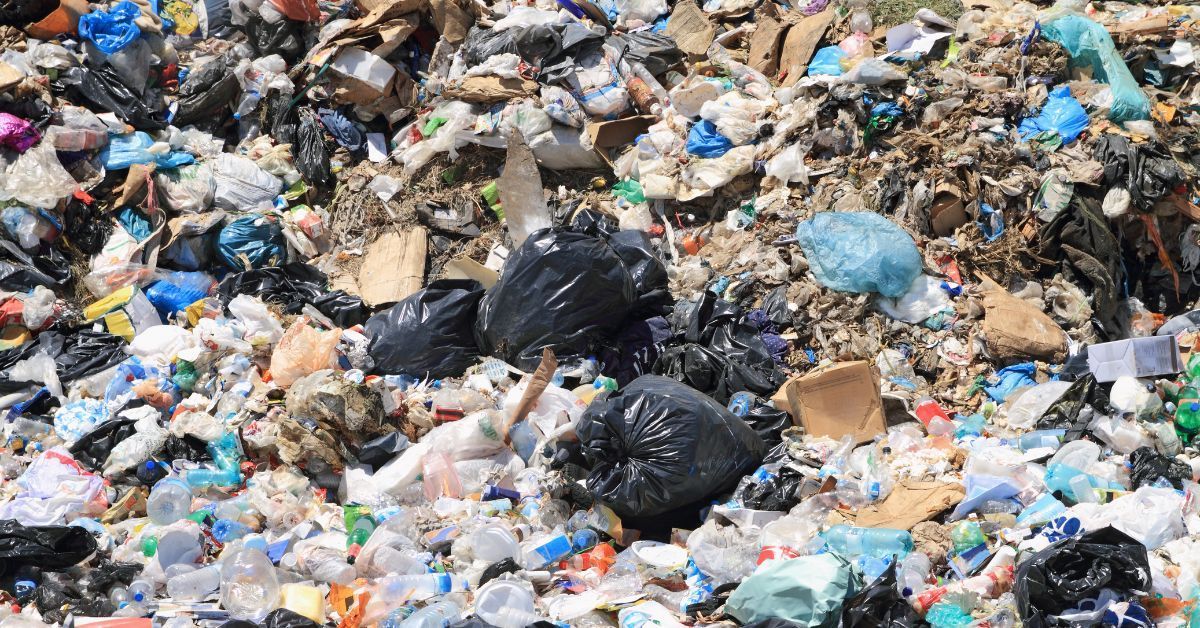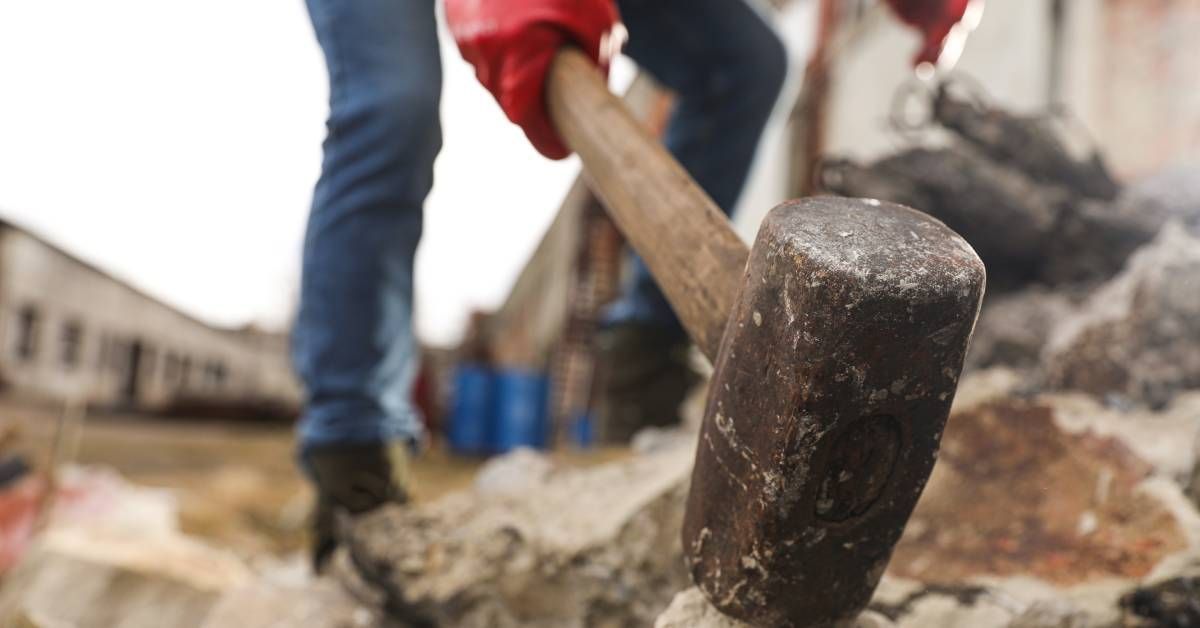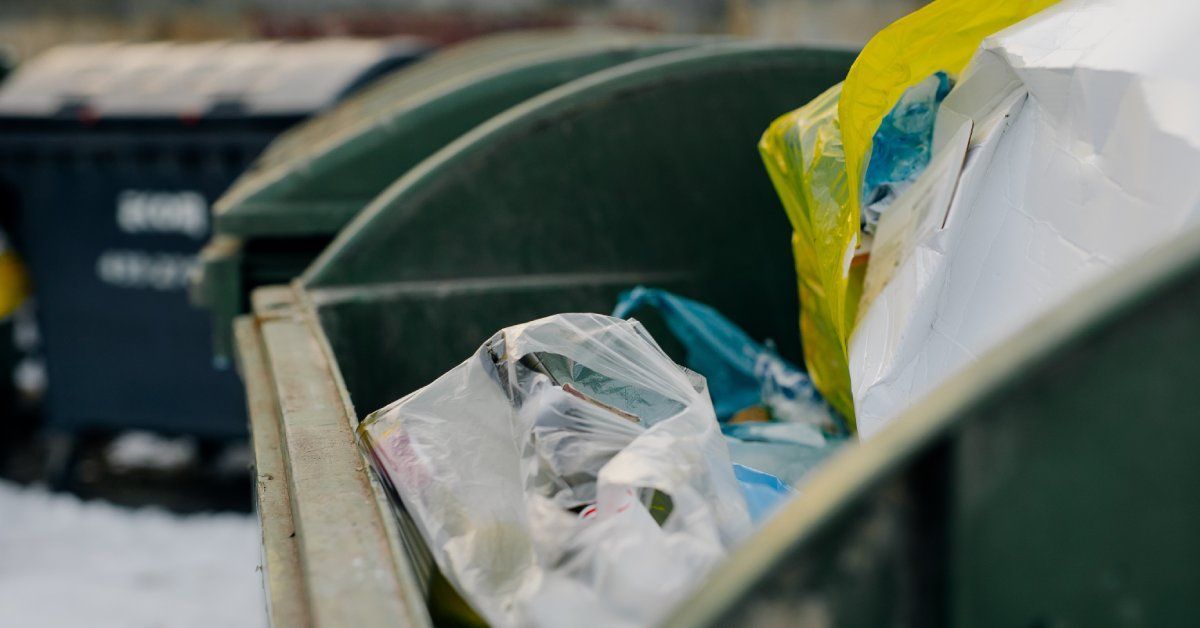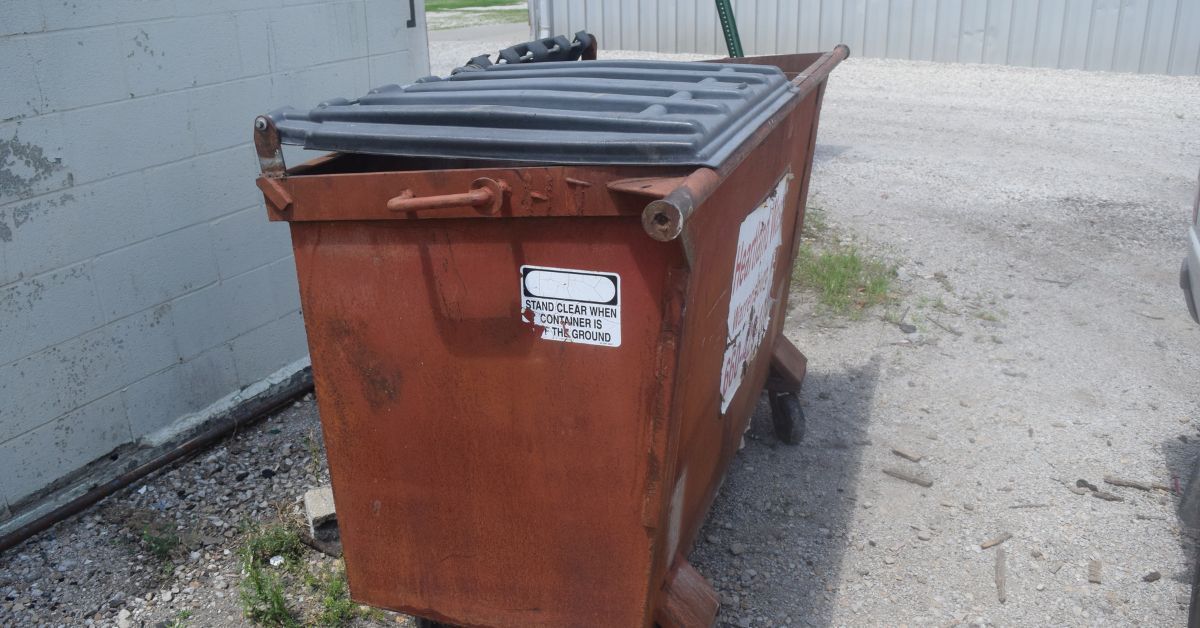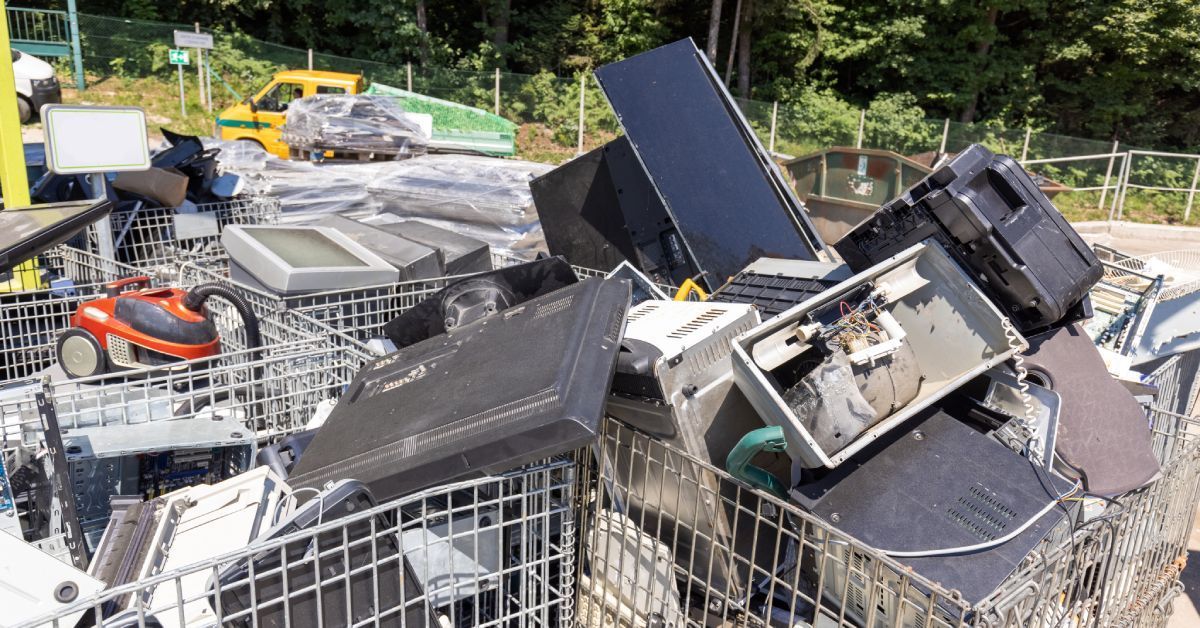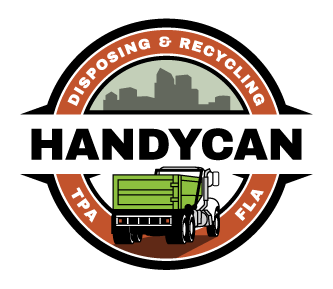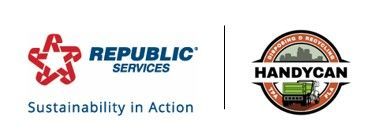Recycling Made Easy: Navigating New Automation Processes
Recycling has never been more important. With rising environmental concerns and increasing waste production, efficient recycling processes are essential. Traditional recycling methods often face significant challenges, such as contamination, labor-intensive sorting, and limited processing capabilities. These hurdles can diminish the effectiveness of recycling efforts, making it harder to achieve sustainability goals.
The industry has created solutions to help solve some of these problems: enter automation processes. Here is how to navigate these new automation processes that have made recycling easier.
The Rise of Automation
Automation is revolutionizing the recycling industry. Advanced technologies, such as artificial intelligence (AI) and machine learning, are streamlining the sorting and processing of recyclables. Robotic sorters, for instance, use AI to identify and separate different types of materials accurately. These machines can process recyclables much faster than human workers, significantly reducing the time and labor required.
Automated recycling systems also employ optical sorters that use infrared sensors to detect materials based on their chemical composition. This technology can distinguish between different plastics, metals, and paper types, ensuring correct sorting for each material. Additionally, automated recycling facilities often incorporate conveyor belts and shredders to efficiently handle large volumes of waste. Let’s explore a few specific examples.
Robotic Arms
One prominent example of automation in recycling is the use of robotic arms. Companies have developed systems where AI-powered robotic arms swiftly pick and place materials from a conveyor belt into designated bins. This technology increases sorting efficiency and dramatically reduces contamination rates by ensuring that materials are accurately separated.
Advanced Optical Sorters
Another innovative application is using advanced optical sorters. These sorters can accurately differentiate between various plastic polymers, metals, and paper. This sorting enables the efficient recycling of complex waste streams.
Progressive Shredding Systems
Automated facilities often implement cutting-edge shredding systems. Companies offer industrial shredders designed to handle large and diverse loads of waste. These powerful machines can break bulky items into smaller, more manageable pieces, facilitating subsequent sorting and recycling processes.
These examples highlight how automation is a futuristic concept and a practical and impactful solution for today’s recycling industry. By adopting these technologies, recycling processes become more efficient, cost effective, and capable of meeting the growing demands for sustainability.
Benefits of Automated Recycling
The advantages of automation in recycling are diverse.
Improved Accuracy
Environmentally, automated systems improve the accuracy and efficiency of sorting, leading to higher recycling rates and reduced contamination. This increase in recycling rates means fewer materials end up in landfills, decreasing the overall environmental impact.
Reduced Labor Costs
Economically, automation reduces labor costs and increases productivity. Recycling facilities can operate continuously with minimal human intervention, lowering operational expenses. Moreover, the enhanced precision of automated sorting minimizes the need for reprocessing, saving time and resources. These cost savings can be passed on to consumers, making recycling more accessible and affordable.
Minimized Contamination
Automation also boosts the quality of recycled materials. By minimizing contamination and ensuring proper sorting, automated systems produce higher-quality recyclables. These high-quality materials can then become new products, promoting a circular economy.
How To Participate in Automated Recycling
Individuals and communities can actively participate in automated recycling processes.
Understand Local Recycling Programs
Start by familiarizing yourself with local recycling programs and the types of materials they accept. Many communities now have single-stream recycling systems, where community members place all recyclables in a single bin. These materials are then sorted at automated facilities, making recycling easier for residents.
Clean the Recyclables
Ensure that recyclables are clean and free of contaminants. Rinse out containers and avoid placing nonrecyclable items in your recycling bin. Contamination can hinder the effectiveness of automated sorting systems and lower the quality of recycled materials.
Continue Learning
Stay informed about technological advancements in recycling and support initiatives that promote automation. Advocate for implementing automated recycling systems in your community and participate in educational programs that raise awareness about the benefits of automated recycling.
Future of Recycling
The future of recycling looks promising with continued advancements in automation. Emerging technologies, such as advanced robotics and AI-driven software, will further enhance the efficiency and accuracy of recycling processes. These innovations will enable recycling facilities to handle larger volumes of waste while maintaining high quality and sustainability standards.
Additionally, integrating blockchain technology can improve transparency and traceability in recycling. Blockchain can track the journey of recyclables from collection to processing, ensuring that materials are recycled responsibly and efficiently.
As automation in recycling continues to evolve, it will play a pivotal role in achieving sustainability goals. Automated recycling systems will help create a more sustainable future for generations to come by reducing waste, conserving resources, and promoting a circular economy.
Potential Challenges of Automation
While the benefits of automation in recycling are significant, it is important to acknowledge and address the potential challenges of implementing these advanced systems.
Cost
One major issue is the initial cost of installation. High-tech equipment such as AI-powered robotic sorters and advanced optical systems require substantial capital investment, which may be a barrier for smaller recycling facilities or municipalities with limited budgets.
Skilled Technicians Required
Another challenge is the need for skilled labor to maintain and operate these automated systems. Technicians and engineers with specialized knowledge must manage the sophisticated machinery and troubleshoot issues. This demand for skilled labor can pose difficulties in areas lacking training programs or technical expertise.
Infrastructure Design Issues
Integration of new technology into existing infrastructure presents its own set of difficulties. Retrofitting these plants to accommodate automated systems can be complex and costly. The transition period may also involve disruptions in operations, affecting overall efficiency temporarily.
Malfunctions and Errors
There’s also the matter of technology-related errors and malfunctions. While automated systems can handle enhanced accuracy, they are not immune to mistakes. Technical glitches, sensor errors, and mechanical failures can lead to mistakes in sorting or the need to halt operations, potentially decreasing productivity.
Job Displacement
Finally, another significant concern is job displacement. Automation inevitably reduces the need for manual labor, which can lead to job losses within the recycling industry. This economic impact on workers and communities needs addressing through measures like retraining programs and job creation in other areas of sustainability and technology.
By identifying and proactively addressing these challenges, we can better harness the potential of automation in recycling while ensuring a balanced and sustainable transition to more advanced waste management practices.
Recycling is more important than ever, and automation offers a viable solution to the challenges faced by traditional recycling methods. We can improve efficiency, reduce contamination, and boost recycling rates by embracing automated recycling technologies. Individuals and communities can actively participate in and support automated recycling initiatives, contributing to a more sustainable future.
Handy Can offers exceptional roll-off dumpster services in the West and Central Florida areas. Contact us today to discover more about our services.

